
Click to start
Introduction
Getting to Know The Leader
Leadership is an Anglasakso word with an etymological origin meaning “path” or “way” to refer to lead. The verb ‘leaden’ means to travel. Therefore, the leader leads people with whom he is travelling.
Some of leader definitions are:

The Leader
Key points on the leader definitions:
- The leader is center of group processes.
- The leader is the one who shows a lot more than his group expects by being transformational enough.
- Leadership is linked to the talents.
Based on these leadership can be defined as influencing and guiding people to accomplish some specific goals.

Your Turn #1
Sample Leader: Steve Jobs
As a creator of Apple Steve Jobs is one of the most known leader in the world in the field of technology. Steve Jobs can be defined as an example of a leader that we have defined its characteristics before.
The legendary CEO of Apple had 10 leadership listed by the author who wrote his life from first hand Walter Isaacson.

Focus
By getting Apple to focus on making just four computers, he saved the company when Jobs returned to Apple in 1997.
After a few weeks of product review session, he'd finally had enough. "Stop!" he shouted. "This is crazy".
He grabbed a marker, padded to whiteboard, and drew a two-by-two grid. A top the two columns, he
wrote Consumer and Pro. He labeled the two rows Desktop and Portable.
Their job, he told
his team members, was to focus on four great products, one for each quadrant.
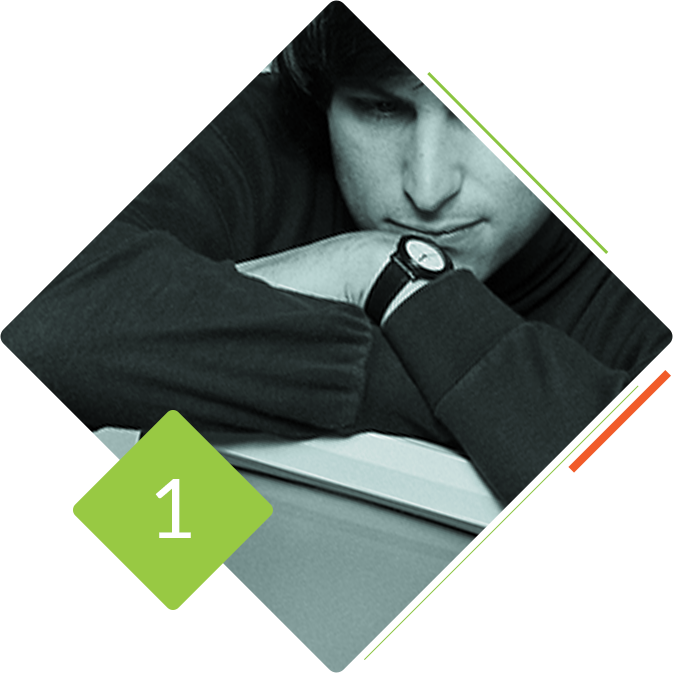
Take Responsibility End to End
Steve Jobs was a control-freak. He got hives, or worse, when contemplating the use of great Apple software on another company's uninspired hardware.
He has an approach that did not always maximize short-term profits, but in a world filled with junky
devices, inscrutable error messages, and annoying interfaces, it led to astonishing products marked
by delightful user experiences.
Being in the Apple ecosystem could be as sublime as walking
in one of the Zen gardens of Kyoto that Jobs loves. By achieving the Apple ecosystem, in means of
plugging in an iPod to MacBook to launch with iTunes, made everything simpler and the glitches rare.
Jobs and Apple took end-to-end responsibility for the user experience.
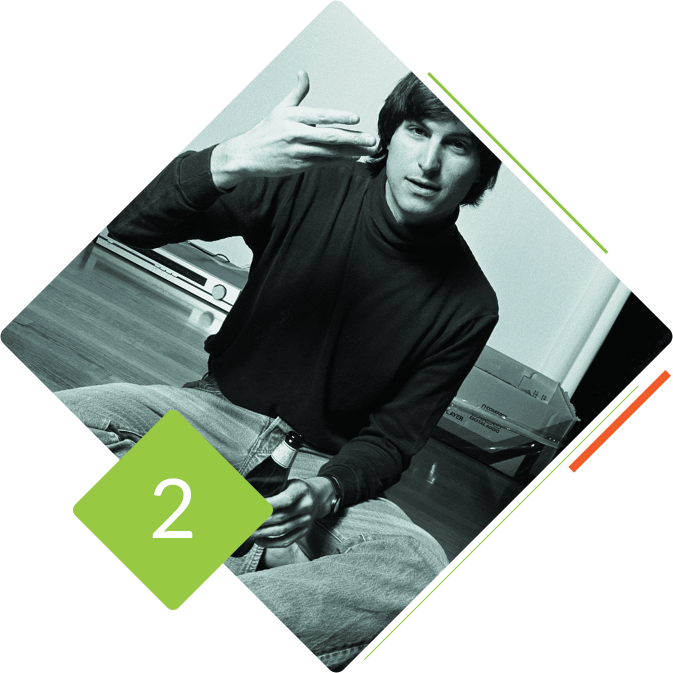
When Behind, Leapfrog
The mark of an innovative company is not only that it comes up with new ideas first. It also knows how to leapfrog when it finds itself behind.
That happened when Jobs built the original iMac. He focused on making it useful for managing a user’s
photos and videos, but it was left behind when dealing with music. People with PCs were downloading
and swapping music and then ripping and burning their own CDs. The iMac’s slot drive couldn’t burn
CDs. He felt like a dope. But instead of merely catching up by upgrading the iMac’s CD drive, he
decided to transform the music industry.
The result was the combination of iTunes, the
iTunes Store, and the iPod which allowed users to buy, share, manage, store, and play music better
than they could with any other devices.
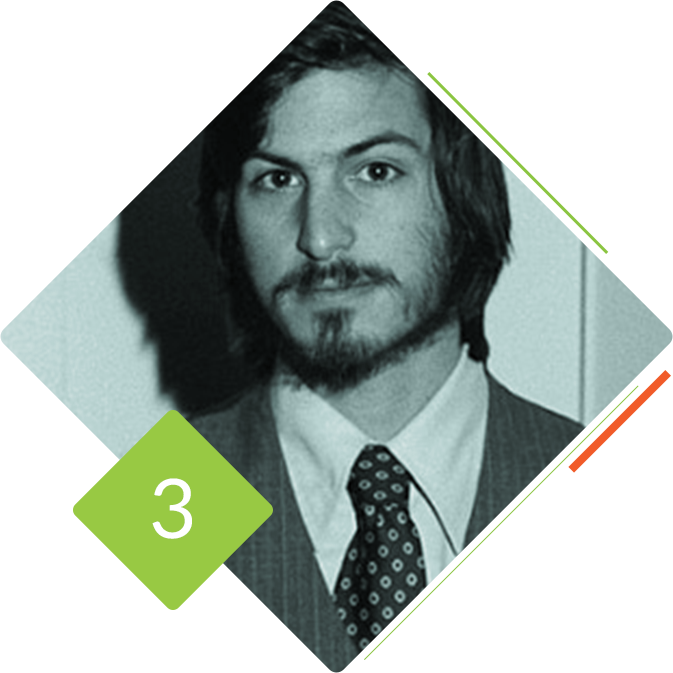
Put Products Before Profit
When Jobs and his small team designed the original Macintosh, in the early 1980s, and he said his team leader to not worry about price, just specify the computer’s abilities.
John Sculley, who ran Apple from 1983 to 1993, was a marketing and sales executive and he put the profit
first. When Jobs returned, he shifted Apple’s focus back to making innovative products: the sprightly
iMac, and then iPod, the iPhone, the iPad.
He explained: My passion has been to build
and enduring company where people were motivated to make great products. Everything else was secondary.
Sure, it was great to make a profit, but the products, not the profits, were the motivation.

Don't Be a Slave To Focus Groups
Jobs never liked market researches. "The customers don’t know what they want until we've shown them" he said.
He invoked Henry Ford's line "If I'd asked customers what they wanted, they would have told me, a faster horse!" Caring deeply about what customers want is much different from continually asking them what they
want; it requires intuition and instinct about desires that have not yet formed.
"Our task is to read things that are not yet on the page" Jobs explained.
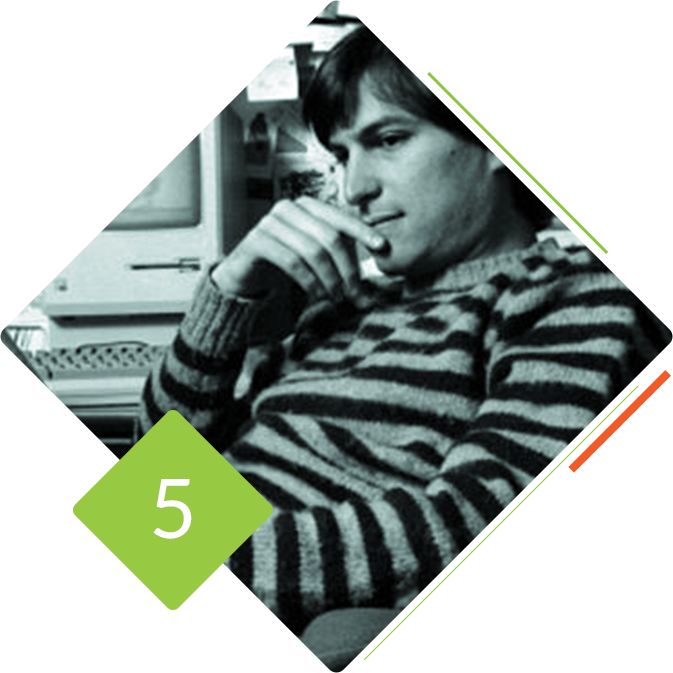
Bend Reality
Steve Jobs was famous ability to push people to do the impossible.
He made the Apple employees to believe that they can do the impossible. In business meetings he even
insulted his employees.
He explained it as: "One thing I've learn all these years is: if you have really good employees you don’t have to act them as a baby. You expect the great from these people, you make them to do it. Ask anyone in our team. They would say it is worth the pain."
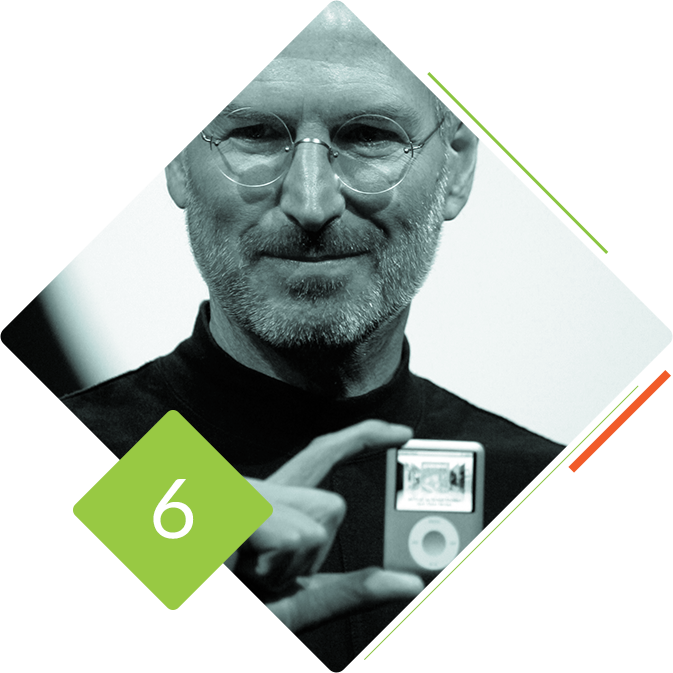
Engage Face-to-Face
Despite being a denizen of the digital world, Jobs was a strong believer in face-to-face meetings.
"There is a temptation in our networked age to think that ideas can be developed by e-mail and iChat. That’s crazy. Creativity comes from spontaneous meetings from random discussions."
He had the Pixar building designed to promote unplanned encounters and collaborations.
The front doors and main stairs and corridors all led to the atrium; the café and the mailboxes were
there.
Jobs hated formal presentations, but he loved freewheeling face-to-face meetings.
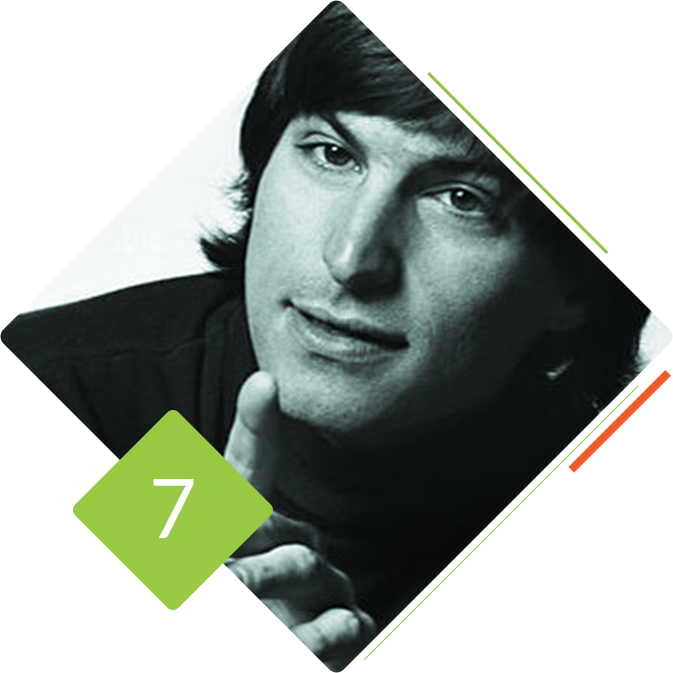
Know Both the Big Picture and the Details
Jobs’s passion was applied to issues both large and minuscule.
Some CEOs are great vision; others are managers who know that God is in the details. Jobs was both. In
2000 he came up with the grand vision that the personal computer should become a digital hub for
managing all of a user’s music, videos, photos, and content, and thus got Apple into the personal-device
business with the iPod and then the iPad.
In 2010 he came up with the idea of moving the
hub to the cloud. But even as he was laying out these grand visions, he was fretting over the color
of the screws inside the iMac.
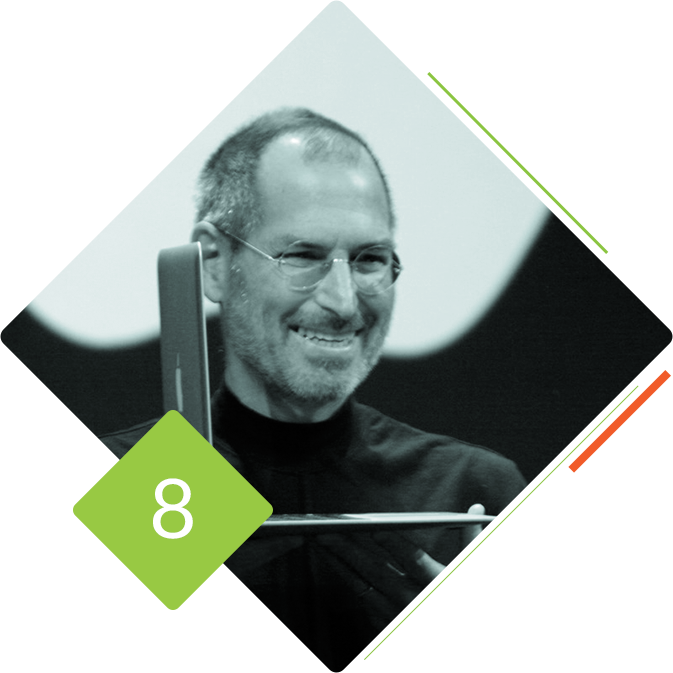
Combine the Humanities with the Sciences
He connected the humanities to the sciences, creativity to technology, arts to engineering.
There were greater technologists, better designers and artists. But no one else could better firewire
together poetry and processors in a way that jolted innovation.
"I always thought of myself as a humanities person as a kid, but I liked electronics. Then I decided to stand at the intersection of humanities and sciences" said Jobs.
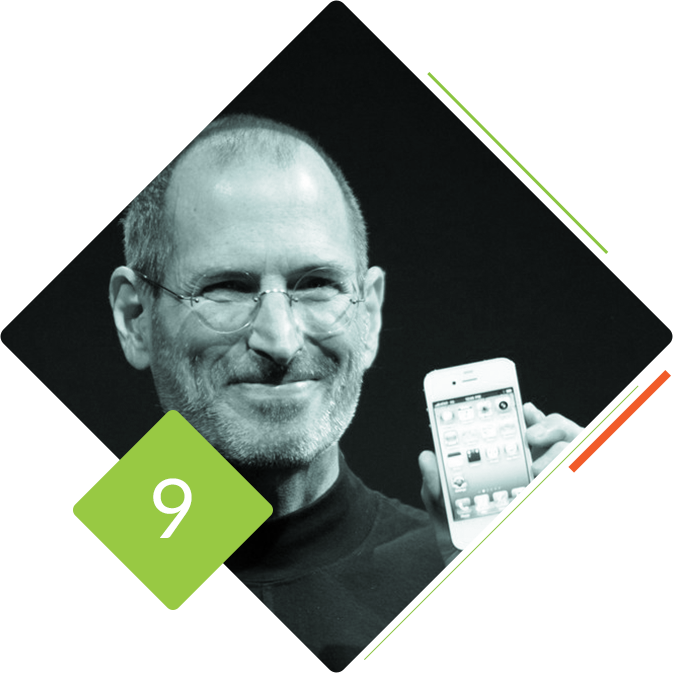
Stay Hungry, Stay Foolish
Steve Jobs was a product of the two great social movements that emanated in the late 1960s.
The first was the counterculture of hippies and antiwar activists. The second was the high-tech and hacker
culture of Silicon Valley. Overlying both were various paths to personal enlightenment- mediation
and yoga. Even as Apple became corporate, Jobs asserted his rebel and counterculture streak in its
ads.
"While some see them as the crazy ones, we see genius. Because the people who are crazy enough to think they can change the world are the ones who do."
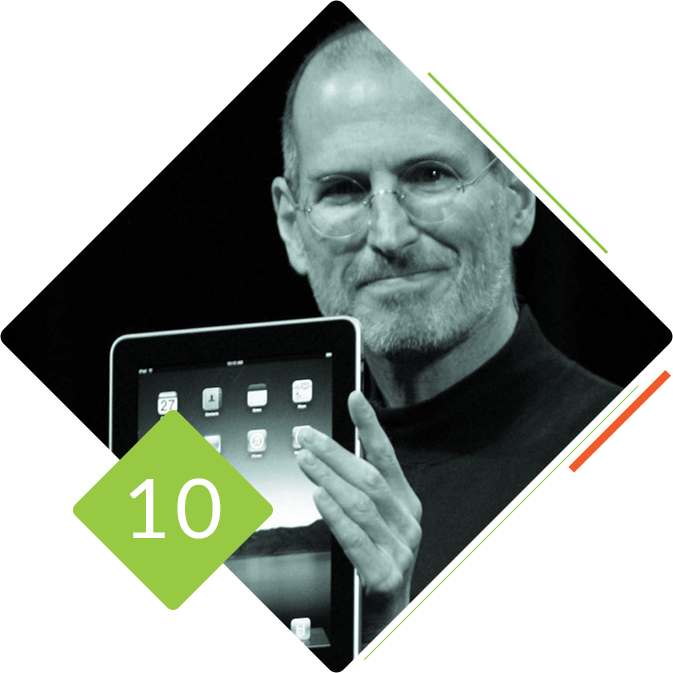
Your Turn #2
Are Leader and Manager Different From Each Other?
Characteristics of Manager and Leader
Now, let’s contrast the features of a leader and manager with the help of six thinking hats.
Your Turn #3
Now, let's watch how a little child can be a leader.
Approaches to Leadership and Philosophies
Leadership Theories
Please click or touch on the name of theories to learn about it.
-
CLASSICAL LEADERSHIP THEORIES
-
MODERN LEADERSHIP THEORIES
-
NEW LEADERSHIP THEORIES
Classical Leadership Theories
In the first researches and studies about the leader as a concept have emphasized on personal characteristics and qualities. In these researches the main issue was about the leader’s qualities and characteristics to be a leader.
Classical leadership theories can be listed as follows:

Features Theory
Features theory is focused on the leader’s differences compared to others.
It is about a person taken as a leader in a group and the reason of this person to lead others is having the characteristics. So the theory emphasizes that the leader differs from his followers. In this context, usually the leader’s characteristics must be intelligence, self-confidence, energy, information and so on.

X, Y and Z Theory
Theories X and Y are formulated by Mc Gregor. Mc Gregor has tried to collect the human nature and the relationship between this nature and its motivation under X and Y theories.
According to the X theory, it is unavoidable from outside to protect the organization from this lazy, selfish and irresponsible man’s personal desires and goals. So to force someone to work, carrot and stick approach is used.
According to Theory Y, There is creativity in human nature, so people want to take responsibility and get promotion. What motivates a person to work to achieve his goals is both the prize and the need of success to be satisfied.
Employees under the Z theory must be employed in long-term; employers, directly or indirectly, must participate in the decisions that concern them; must take individual responsibilities; must be rarely evaluated and promoted slowly.

Behavioral Theories
In behavioral theories, the leaders behaviors come forefront instead of leaders characteristics.
With this theory, there have been some hypothetical researches about the behaviors of the leader rather than leaders characteristics that make him effective and successful. Thus, the relationship between the leader and the audience, is not based on leaders characteristics, it is based on whether his behaviors and attitudes are accepted by group or not.
With these researches it is aimed to determine the basic orientations of leaders behaviors. The way the leader communicates with subordinates, the way he determines objectives, planning and controlling and such behaviors are thought as important factors to determine the leaders effectiveness.

System-4 Theory
It is a theory improved by the works of The University of Michigan. Definitions of System-1 exploiter autocratic, System-2 Helpful autocratic, System-3 Participants, System-4 democratic.
Here these systems represent the understandings of leaders as:
- System-1 doesn’t trust to subordinates, rarely asking their ideas
- System-2 sometimes asking the subordinates their ideas, sometimes having an understanding of a master-slave confidence
- System-3 partly trusting subordinates and taking their ideas;
- System-4 always asking the 17 ideas of subordinates and trusting them fully

Modern Leadership Theories
The critics for Individual Characteristics, Features Approach and Behavioral Approaches has given birth to Modern Theories which are a mix of features of the work and what is required.
Modern theories of leadership are:
- Open System
- Contingency Theory
- Fiedler's Conditional Leadership Model
- Reddin's Three-dimensional (3-D) Leadership Model
- Hersey and Blanchard Contingency Leadership Model
- Tools (Road) - Purpose Theory
- Vroom and Yetton Leader - Participation Theory

Open System
Open system approach has developed by Katz and Kahn. This system is explained by the concepts of input, conversion process, output and recycling.
The purpose of this theory is to examine the relationship with management and other units and to reveal the quality of these relationships. According to this theory, leadership is a different power and influencing people rather than specific and usual definition of power related to organization.
As to this approach, the leadership focusing on the relationships between people can be effective and successful on middle and upper levels.

Contingency Theory
Contingency Leadership Theory consist of leading, audience plus the conditions or the situation and the theory takes these variables into account.
The basic assumption of contingency theory is based on the assumption that the behavior of leader changes up to conditions and the situations. This approach handles leadership by taking into account the conditions, the most effective factor determining the leaders behavior is the conditions.
According to this theory, the factors determining the efficiency of leadership are: the quality of objectives, capabilities and expectations of the viewer, characteristics of organizations, past experiences of leaders and viewers ext.

Fiedler’s Conditional Leadership Model
Fiedler prescribing a three-dimensional system to classify the leadersip.
These dimensions;
- Leader's personal relationships with members of the group
- Tasks that the group was obliged to perform and their degree
- Power and authority in leadership
According to Fiedler, organizational behavior is a result of personality characteristics and current conditions. Leadership depends on the interaction process.

Reddin’s Three-dimensional (3-D) Leadership Model
Three Dimensional Leadership Model can be considered among other Contingency Theories.
Three-dimensional theory of leadership is like a bridge to cross from behavioral approach to contingency leadership approach.
Reddin argues that the main purpose of management is to manage effectively, in this theory, the three dimensions are work directed, human directed efficiency.

Hersey and Blanchard Contingency Leadership Model
This model developed by Hersey and Blanchard has assumptions that a leader doesn’t have a single style of leadership but multi-dimensional.
According to the model four maturity levels are determined for subordinates.
- If subordinates are insufficient and reluctant, the leader must say clearly what has to be done the one who says;
- If subordinates are insufficient but eager, the leader must lead and support the one who sells;
- If subordinates are sufficient but reluctant, the leader must share the decisions the one who participates;
- If the leader is sufficient and eager, the leader must lead partly and be the one who delegates.

Tools (Road) - Purpose Theory
This theory tries to reveal the efficiency of leader on different situations. It explains the impacts of leader behaviors on motivations, satisfactions and performances
on subordinates.
According to his, the motivation of the people depends on the prize and the value or the charm of the prize. Tools (Road) Purpose theory adopts the task and the behavior in relationship; it adds third dimension for the followers of leader to motivate them to reach their goals.
Road-Goal theory is based on the Motivation-Expectations Theory.

Vroom, Yetton and Jago Model
This theory developed by Victor Vroom and Philip Yetton, it is based on the behaviors shaped by environmental conditions as House’s Road-Goal Theory.
According to this approach, the behaviors of leaders are affected by the weather and conditions within organization. Besides, another factor affecting the behavior of leader is the decisions taken by the leader and the group members mutually.

New Theories in Leadership
According to requirements of postmodern age, many new approaches have been proposed in order to increase the effectiveness of the organization. Thus today about leadership, some leadership approaches stand out as being charismatic, transforming and transactional.
According to new theories of leadership can be listed as follows:
- Interaction (Transactional) Leadership Theory
- Transformational Innovative Leadership Theory
- Charismatic Leadership Theory

Interactional (Transactional) Leadership Theory
The understanding of a new leadership especially improved by behavioral and increasing productivity and efficiency leadership names as transactional leadership.
The main philosophy of transactional leadership is based on mutual exchange between leaders and followers. In transactional leadership, followers are motivated with the rewards, promises and reinforcements or negative feedback is corrected by disciplinary action and reprimand as instruments.
Interactive leader’s characteristics are summarized as: In transactional leadership, the leader must give what their followers want, to be given what he wants.

Transformational Innovative Leadership Approach
According to the transformational leadership, a leader is a person to change his followers needs, beliefs and values, to deliver the organizations to their superior performance
by change and innovation.
People who execute the change and innovation in organizations are thought be transactional leaders. Transactional leadership has its face turned to traditions and history; transformational leadership has turned its face to the future, innovation, changes and reforms.
In transformational leadership it is important to emphasize on creative and innovative aspects of employees; in transactional leadership, the main goal is to make routin activities more effective and efficient. Transformational leaders make their followers to believe in what they think is good for the organization and they have a vision for future.

Charismatic Leadership Theory
According to this theory, a charismatic leader is defined as someone leading his followers to act however he wants by charming them.
Charisma means to trust the leader and providing attractiveness in unconditional obedience. Charisma is taken as leaders characteristic, such leaders have self-confidence, they believe in their thoughts and they have a need to attract people.
The base of charismatic authority is the characteristics of leader; whereas in other forms of authorities the characteristic is not mentioned. Charismatic authority has a quality to call for a duty. Charismatic authority defines separation of usual habitual practices, even radically determines throwing them aside.
Charismatic leaders encourage their employees to achieve an outstanding performance, they build confidence and faith.
